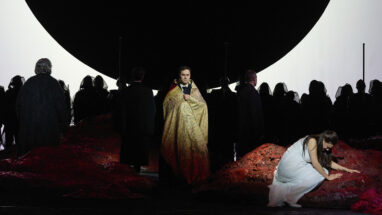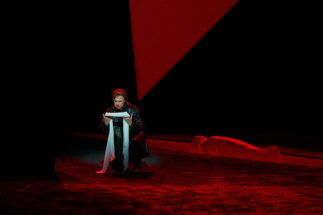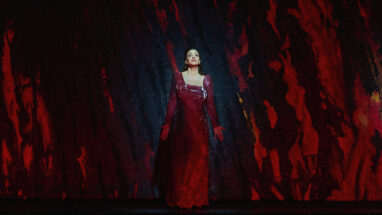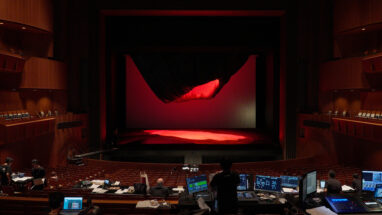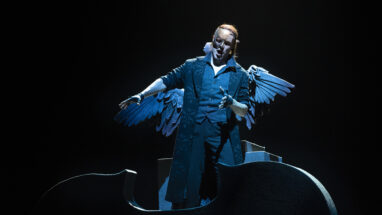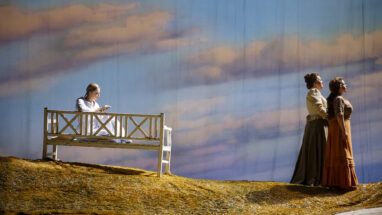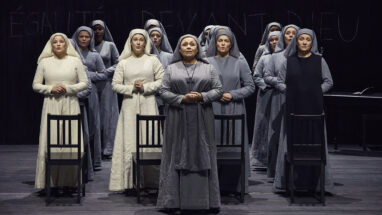DIRECTOR CHRISTOF LOY’S THOUGHTS ABOUT Tosca
”Tosca has always fascinated me, ever since I was young. Full of detail in terms of both text and music, it is a perfectly built, well-made piece, yet still full of rough edges. These qualities make it a very rewarding project for the director. It is up to me to find ways to bring the work to life. How should I deal with such grand themes – love, passion, and all the brutality that Tosca involves?
Puccini was a master at interpreting his characters’ psychology and the structures of society. At times, his music echoes with a certain political system, which weighs like a heavy burden on the shoulders of humanity. On the other hand, it also echoes with all the passion and beauty found within the relationship of Floria Tosca and Mario Cavaradossi. The dynamic between the various scenes, the musical arcs and the silences between – it’s all been very carefully thought out. No wonder people say Puccini already directed this opera while composing it.
Tosca has been popular ever since its premiere. In those days people used to go to opera the way they watch Netflix today.
Tosca was a modern and unromanticised work, which described contemporary life. I believe that people back then were able to relate to the characters, just as I think they can today. That’s the reason behind this opera’s lasting popularity.
Tosca is set at the time following the French revolution. Floria Tosca’s lover, the artist Mario Cavaradossi represents the ideals of the revolution, while Baron Scarpia and his troops represent the conservative aristocrats. They find the new, free way of thinking unbearable. It was essential for me to discover that there are two periods showcased in this piece. On one hand there’s Cavaradossi as a representation of the timeless, free, non-feudal system, and on the other hand, Scarpia as a representative of the feudal and aristocratic way of life. Scarpia and his troops want to maintain the status quo of the pre-revolutionary period whereas Cavaradossi and a group of republicans are fighting for freedom. Even though Tosca is set in one specific time in history, it seems like Cavaradossi and Scarpia represent two completely different worlds.
Tosca is a woman stuck between two opposing worlds and philosophies, trying to balance her views in private life with that of her role as an official opera singer.
I see Tosca as an unpoliticised, innocent and frail character who eventually happens to become a killer. Tosca commits the bloody act as if she were on the opera stage, as it’s the only way someone so frail could do something like that. While directing, I found this complexity of the human mind particularly fascinating.
”’Vissi d’arte, vissi d’amore, I have lived for art, I have lived for love,” Tosca sings. Just a moment later, the woman who has dedicated her life to art and love turns into a murderess. A scene that she’d imagined could only take place on the opera stage has suddenly become reality. In the end Tosca loses control, and she must face a reality that she could never have envisioned.”
Text PETRA RÖNKÄ
Photos HEIKKI TUULI


